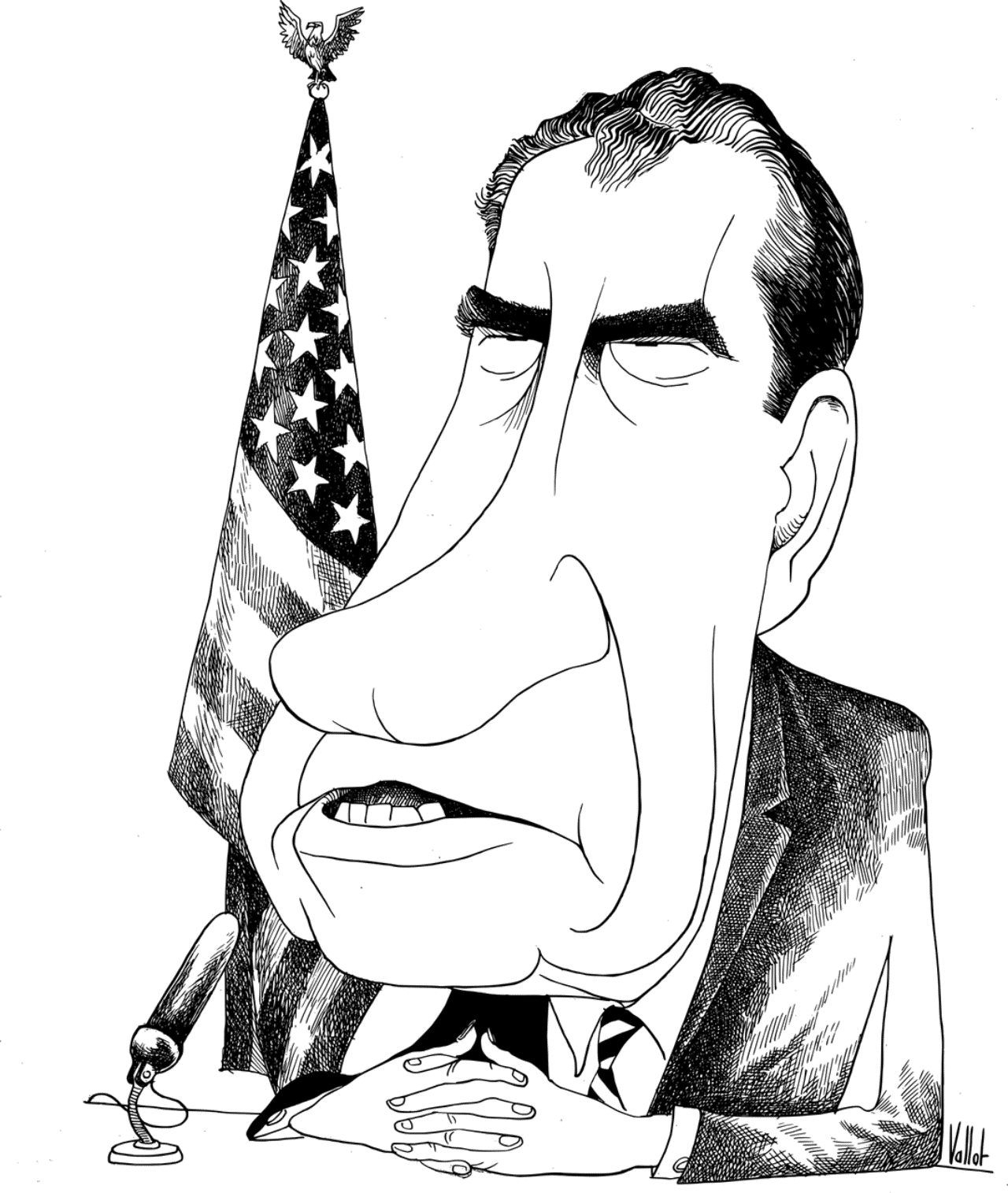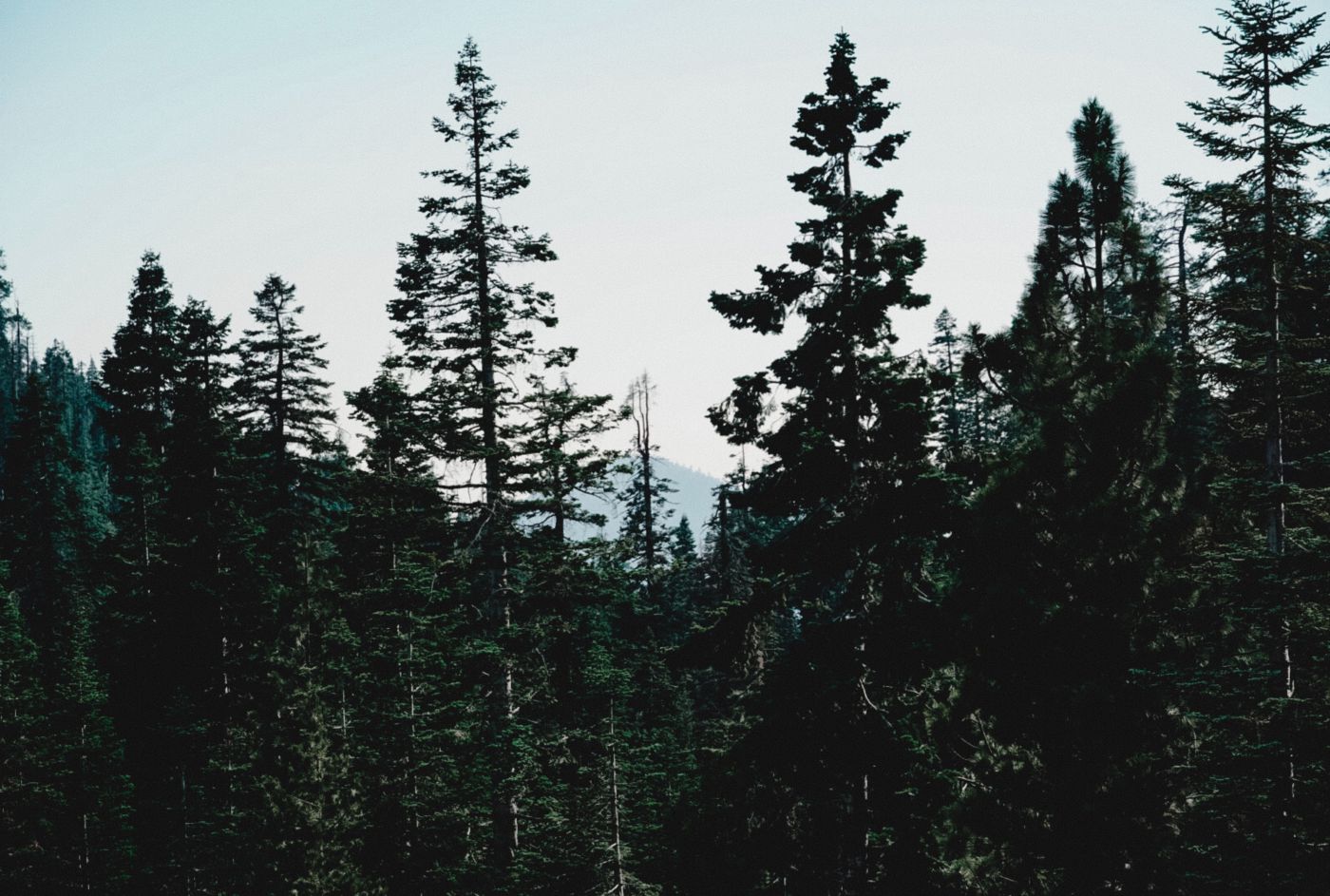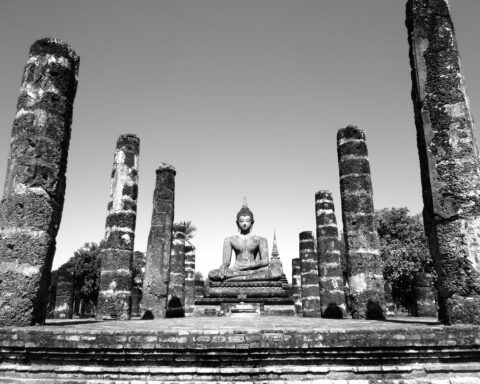Table of Contents
There’s an unknown world of free-to-claim products with limitless earnings capacity, an Aladdin’s Cavern of ready-made products for you to locate in minutes, re-package in hours, and sell as your own. It’s called ‘The general public Domain’ and it means you can legally copy and offer other people’s books, maps, films, and more, without any ongoing fees or royalties of any kind to pay … EVER! Here are 10 more things you might not understand about the general public domain … * The general public domain describes books and other creative works, such as pictures and maps, whose copyrights have ended, maybe never ever existed at all, and no one has a better claim on those products than you. There are millions of public domain works that anyone can copy and sell, add their own name as author, and even copyright and stop others from selling similar items.
* Changes made to a public domain product, enough to make it a copyrightable item, explains it as a ‘Derivative’ work. Let’s state you buy an old book about witchcraft, released in the USA prior to 1923, so absolutely in the public domain. If you release it ‘as is’ it’s still in the general public domain, although perhaps a couple of small modifications to font or pagination, length of paragraphs will render it copyright secured. However small modifications are inadequate to ensure your new book is copyright protected. However alter the title, include a few paragraphs of your own, include images of places witches were believed to exist, upgrade spellings, eliminate dated terms, and the book is now copyright secured and termed a ‘derivative’ work.
* A foreign translation of a public domain work is an acquired work and carries adequate creativity to enable it complete defense of copyright law.
* The public domain is not to be puzzled with recreation or manufacturing rights. Recreation and producing rights, where, for example, somebody offers you a master copy of their book or product with rights to replicate that item does not indicate their copyright is defunct or never existed. Recreation and producing rights are a concession, normally gone by the product owner, allowing others to replicate his work, but hardly ever does copyright also pass to the recipient. Public domain rights last indefinitely; recreation rights can be time limited or otherwise withdrawn or restricted.
* Public domain items can usually be amended by anyone, changed, improved at will, and copyright comes from no one. Not so reproduction and marketing rights where the initial creator usually maintains copyright and hardly ever permits others to change his work.
* Even if you own the original work, such as a painting or initial final draft of a book or piece of music, does not always mean you also own copyright in the product. Nor does it always suggest you can make and sell copies of your initial item. Recently, on tv, an artist explained that he had actually offered an initial painting from which he made large sums from restricted edition signed prints. Asked why he sold the painting and, by ramification the reprint rights, he insisted he had actually only sold the painting, not his intellectual copyright in the item. Somebody else has the painting, he has the copyright and subsequent reprint copy marketing rights. His claims were validated by the program’s legal team.
* Public domain is not the exact same thing as out of print. Out of print merely suggests the publisher has ceased developing brand-new copies of a book or other item even though the item might still be completely secured by copyright law.
* Some websites hosting public domain items enable their products to be downloaded and read, but ban subsequent printing or copying. Play safe, don’t presume nobody will know if you copy their content. Numerous public domain works are modified or modified prior to publish and can easily be determined in later editions. Some websites insist you pay a royalty on money you make on items they have actually sourced from the public domain. Read the guidelines extremely carefully and not do anything till you are certain of your legal standing. The very best method to remain safe is to download from websites without copying constraints or obtain and copy a physical version of an item you make sure is a very first edition and in the general public domain. However see the next pointer to prevent an extremely common mistake.
* Under certain conditions creative works on which copyright was not restored at a proper time or which did not include a copyright notice are considered to be in the public domain. So say you buy a book at auction, it has no copyright notification, does that put it in the general public domain? Probably. However take care; it might be a page containing the copyright notification has been removed from the book, and it is still covered by copyright law. Books with reliable consecutive page numbering with no break in the series– such as 1, 2, 3, 4 – can typically be relied on, unlike another with pages numbered i, ii, iv. What became of page iii, did it ever exist, has it been removed, was it a copyright page, or did it contain something else, possibly it was blank!
* Cut the threat and select from products known to be certainly in the public domain:
– Presently all items released in the USA before 1923 remain in the general public domain, suggesting they can be practically copied at will.
– Work initially published in the U.S.A. between 1923 and 1963 where their copyright was not restored in their 28th year are in the public domain.
– Work first published in the USA after January 1st 1978 maintains copyright for the life of the author and seventy years thereafter, bearing close similarity to UK laws, see later on paragraph.
– Work initially published in the U.S.A. in between 1978 and March 1st, 1989, without copyright notice AND without registration, remains in the public domain.
– In the UK copyright usually encompasses 70 years from the end of the fiscal year in which the creator passed away (not the like 70 years given that the developer’s death), with some other limitations as explained concisely in ‘Writers’ and Artists’ Yearbook’ readily available from all main recommendation libraries. The book also covers other world copyright concerns.
– Works published before copyright laws existed are in the public domain.
– Functions dedicated so by the creator come from the public domain. An author or other creator can commit his work to the general public domain, consequently giving up ownership and allowing anybody to utilize the work, even alter it, or offer copies.









